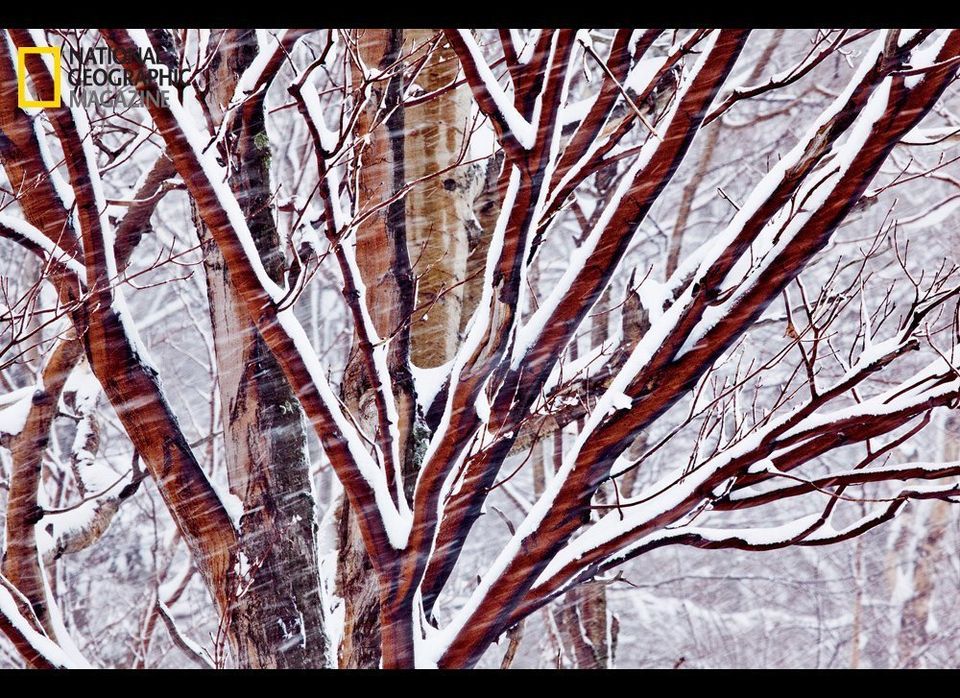From National Geographic:
Visitors have been coming steadily to these mountains since the mid-19th century. In the early days they came by horse-drawn wagon, Lake George steamer, and train. Today you can get to the Adirondacks by making a left off the highway from Albany to Montreal. And yet some approaches still let you feel you're being devoured by remoteness.
The soil changes mile by mile on a drive up from the south. Soon a dark wall of trees—red spruce, balsam fir, beech, hemlock—surrounds you, and there's a sudden stony persistence. You're climbing onto the Adirondack dome, an exposure of ancient rock thrusting upward, rising faster than anything around it. Then comes water, some of it visible, much of it secret: ponds, lakes, creeks, rivers, and bogs too saturated to bear the weight of anything much heavier than a beaver. Here is a place, as the philosopher William James wrote more than a century ago, to "aspire downwards."
Aspiring downwards for James, like so many visitors then and now, meant climbing upward, as he did in the summer of 1898, hiking up Mount Marcy and Gothics and Basin Mountains all on one memorable day. Others aspire downwards deep in the St. Regis Canoe Area, floating in a seam of light, a silent wake trailing behind their canoe. At such moments it's possible to pretend you're looking straight back into history, well past 1898, if not quite so far as 1609, when Samuel de Champlain came within eyeshot of these mountains.
It's easy to believe, even now, that almost nothing has changed in what James called the "primitive forest." But with few exceptions, almost everything has changed in the Adirondacks. The unbroken green of the summer landscape rolling out from the High Peaks hides a singular fact: New York's Adirondack Park may be the most complicated park on the planet.
The images below can be seen in the September 2011 issue of National Geographic magazine, on newsstands now.
Photos and captions courtesy of National Geographic.
--

